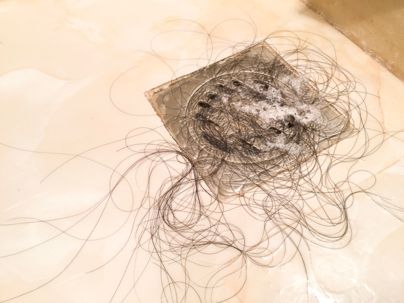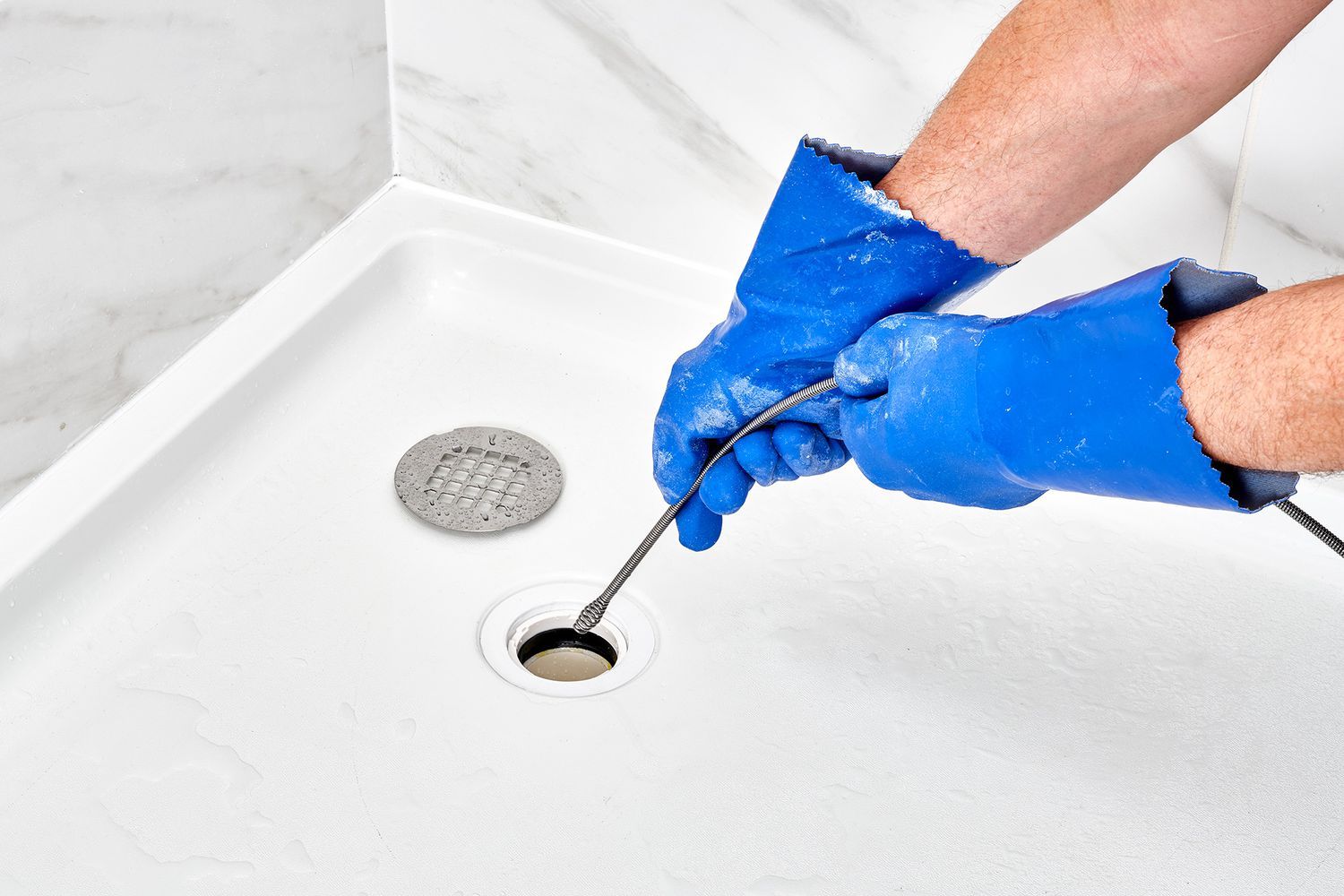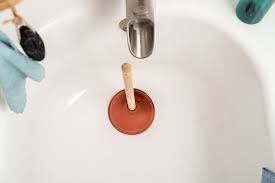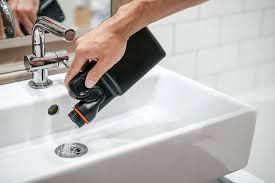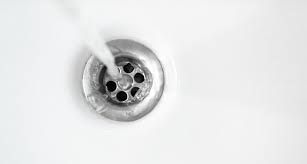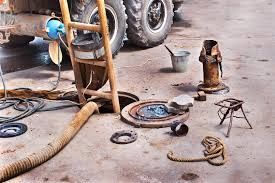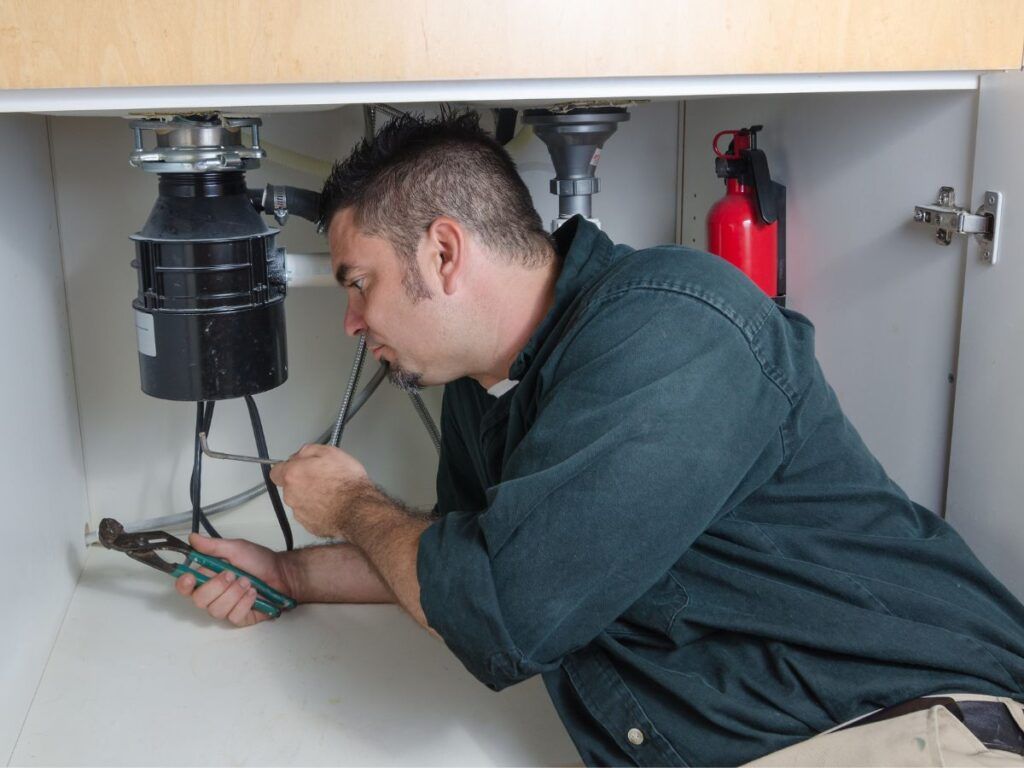Pros and Cons of Sewer Line Repair Methods
A damaged sewer line can quickly turn into a homeowner's nightmare. Whether it’s a minor blockage or a full-scale collapse, finding the right repair method is crucial. But with so many options available, how do you choose the best one? Sewer line repair methods vary in cost, effectiveness, and invasiveness. Some offer quick fixes, while others provide long-term solutions. In this article, we will break down the most common sewer line repair methods, highlighting their pros and cons, so you can make an informed decision.
The Five Most Common Sewer Line Repair Methods
1. Traditional Sewer Line Repair (Excavation)
Traditional excavation is the oldest and most commonly used sewer line repair method. It involves digging up the affected section of the pipe and replacing it with a new one.
Pros:
- Reliable and Permanent – Since the damaged pipe is removed entirely, there’s no risk of lingering issues.
- Cost-Effective for Small Sections – If only a short portion of the pipe is damaged, this method can be reasonable compared to trenchless alternatives.
- Suitable for Severely Damaged Pipes – When pipes are completely collapsed or misaligned, excavation is often the only option.
Cons:
- Highly Invasive – The biggest downside is the destruction it causes to yards, driveways, and landscaping.
- Time-Consuming – This method can take days or even weeks, especially for large-scale repairs.
- Expensive for Larger Sections – The cost of labor, equipment, and property restoration can add up quickly.
2. Pipe Bursting
Pipe bursting is a trenchless repair method where a new pipe is pulled through the existing damaged pipe, breaking it apart and replacing it simultaneously.
Pros:
- Minimal Surface Disruption – Unlike traditional digging, only small entry and exit holes are needed.
- Long-Lasting – The new pipe is usually made of high-density polyethylene (HDPE), which is durable and resistant to corrosion.
- Effective for Extensive Damage – Pipe bursting can replace long stretches of pipeline at once.
Cons:
- Not Suitable for All Pipes – If the existing pipe is too fragile or near other underground utilities, pipe bursting may not be an option.
- Higher Initial Cost – While it reduces landscaping damage costs, the upfront expense can be significant.
- Requires Specialized Equipment and Technicians – Not all plumbing companies have the expertise to perform pipe bursting.
3. Cured-in-Place Pipe Lining (CIPP)
CIPP is another trenchless method that involves inserting a resin-coated liner into the damaged pipe, which hardens to create a new pipe within the old one.
Pros:
- No Major Digging Required – A small access point is sufficient, making it ideal for repairs beneath buildings or landscaped areas.
- Fast and Efficient – Most CIPP repairs can be completed in a day.
- Increases Pipe Lifespan – The new lining is resistant to corrosion, leaks, and root intrusion.
Cons:
- Reduces Pipe Diameter – Since the new lining takes up space inside the existing pipe, it slightly reduces water flow capacity.
- Not Effective for Collapsed Pipes – If the original pipe has completely caved in, CIPP won’t work.
- Potential for Liner Failures – Poor installation or curing can lead to cracks or weak spots in the lining.
4. Slip Lining
Slip lining is an older trenchless method where a smaller pipe is inserted into the existing damaged pipe and secured in place.
Pros:
- Durable and Corrosion-Resistant – The new pipe material is often stronger and more resistant to wear.
- Less Expensive Than Other Trenchless Methods – Slip lining is usually cheaper than CIPP or pipe bursting.
- Minimal Surface Disruption – Like other trenchless methods, it requires only small access points.
Cons:
- Significantly Reduces Pipe Diameter – Because a new pipe is inserted within the old one, the flow capacity is decreased more than with CIPP.
- Limited to Straight Pipes – If the original pipe has bends or angles, slip lining may not be an option.
- Difficult to Repair in the Future – If the inserted pipe develops a problem, fixing it can be challenging.
5. Spot Repair (Sectional Point Repair)
This method involves repairing only the specific section of the pipe that is damaged, using localized trenching or trenchless techniques.
Pros:
- Cost-Effective for Minor Damage – If only a small portion of the pipe is affected, this is a budget-friendly solution.
- Faster Than Full Replacement – Since only a small area is being repaired, the job is completed quickly.
- Minimal Disruption – If a trenchless approach is used, it causes little to no damage to landscaping.
Cons:
- Not Suitable for Major Damage – If the pipe has widespread issues, spot repairs are only a temporary fix.
- Might Need Future Repairs – Since only a section is fixed, the remaining pipe could develop problems later.
- Limited Availability – Some older pipes may not be compatible with this repair method.
Choosing the Right Repair Method
Selecting the best sewer repair method depends on several factors, including the extent of the damage, location of the pipe, budget, and long-term needs. For minor cracks, CIPP or spot repair might be the best bet. If a complete replacement is necessary, pipe bursting or excavation could be more appropriate. Consulting a professional plumber is essential for assessing the situation accurately and recommending the most effective solution.
Preventive Measures to Avoid Future Sewer Line Issues
While sewer repairs can be costly and inconvenient, taking proactive steps can help prevent future problems. Regular sewer line inspections, avoiding flushing non-biodegradable items, and managing tree roots near pipes can all extend the lifespan of your sewer system. Investing in routine maintenance now can save you from major headaches down the road.
Conclusion
Sewer line repair methods have evolved significantly, offering homeowners a variety of solutions based on their needs and circumstances. While traditional excavation remains a reliable option, modern trenchless methods provide less invasive and faster alternatives. Understanding the pros and cons of each repair method ensures that you make an informed decision that balances cost, efficiency, and long-term durability. When in doubt, always seek the advice of a professional plumber to find the best course of action for your sewer line issues.
